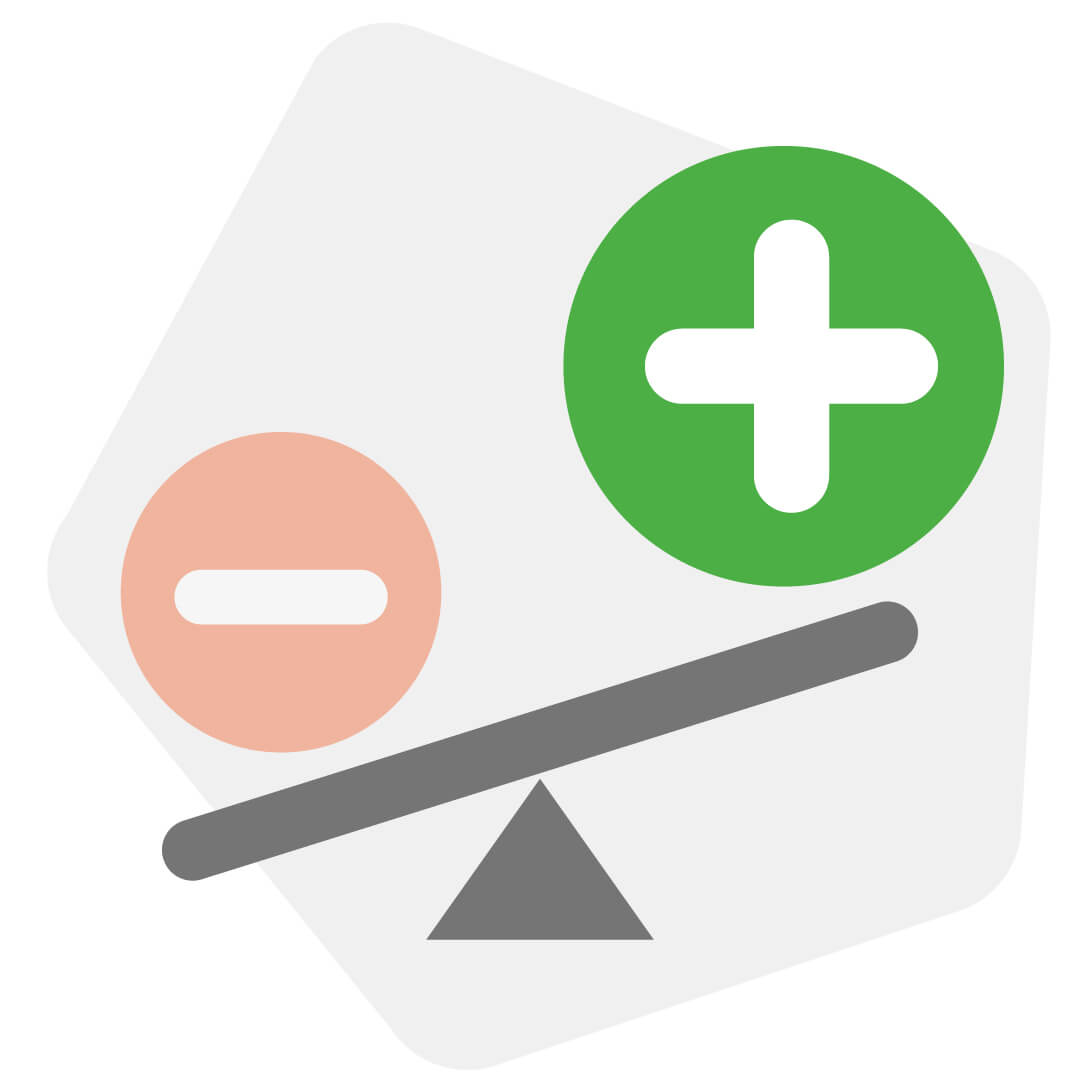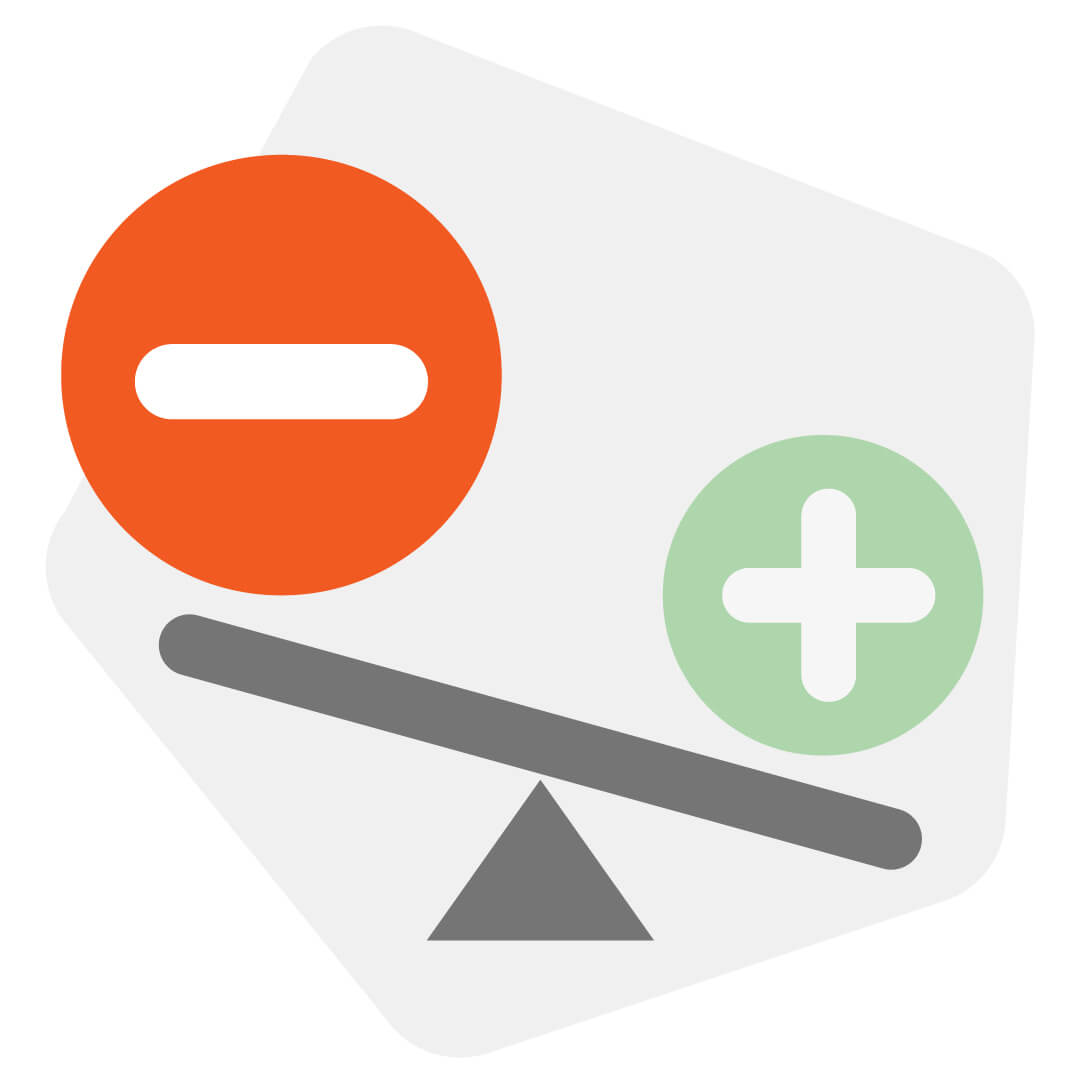The Importance of Balancing Tech Use in the Classroom

Can you have too much of a good thing? Even though we wish it weren’t true, we all know the answer is yes. Whether scoops of ice cream or screentime on devices, we can have too much. That’s why finding a balance is so important, especially with tech use in the classroom.
Balancing Teaching and Technology
Technology is everywhere! It is already integrated into our daily routines, from home to work. Students rely on tech, too. As a matter of fact, they’ve grown up with it. Using technology isn’t a problem for kids. The concern with technology is use versus overuse.
Because kids are risk-takers when it comes to technology, they aren’t afraid to jump in and actively participate with devices for learning. Bringing a healthy balance of old-school teaching techniques with innovative edtech resources enhances the content and allows educators to model safe, responsible tech use for their students. Some students even prefer lessons presented with technology, but there’s a fine line.

Benefits of Edtech Use
Technology in the classroom has many advantages, with flexibility as one of the most important benefits. The flexibility of technology allows teachers to personalize lessons in ways that would be difficult with traditional methods. What else?
- Edtech resources meet students where they are in their learning journeys and individualize the experiences for academic growth. When students are challenged at levels where they can also see success, they are engaged and encouraged to continue rather than hitting the frustration walls and shutting down.
- Technology allows students to experience situations that would otherwise be impossible in the classroom. Simulations bring science to life. Writing apps help students edit their work without changing their thoughts. Books are read aloud so students hear great literature even if they struggle with reading. Math facts become fun when students practice using a game-based format instead of paper and pencil.
- Teachers can monitor student progress in real-time. That means feedback is immediate, too, making it easy for students to see, understand, and correct errors in the moment.
- Edtech resources move students to the next level when they demonstrate readiness, not when the calendar says it’s time to move on.
- Students will use technology in everyday life and future occupations, so developing safe and balanced online habits goes beyond the classroom.

Disadvantages of Too Much Technology Use
Of course, balance is essential. We can have too much of a good thing, right? Teachers know that it’s crucial to offer lessons in a variety of learning modalities to reach all students. And internet issues can interrupt lessons based on technology, so having an offline backup is a good idea. Let’s talk about some other disadvantages that come along with too much technology.
- Students can become distracted or feel isolated when using devices.
- More screen time might bring fatigue as students move from one tech resource to another.
- Concerns about cyberbullying are real, so monitoring how students use technology is crucial.
- Kids will be kids, which means that devices will be misplaced. Some may even damage devices from improper use, such as shoving them in backpacks amongst gym shoes and heavy books.
- What about homework using technology? That is tough for many students who don’t have reliable internet access at home, requiring alternative assignments for those students.
Incorporating Technology in the Classroom
Using technology effectively alongside non-digital resources doesn’t just happen. As with anything worthwhile, there has to be some time and effort put into planning and implementation, which is where the struggle comes into play. Let’s face it. Teachers have various comfort and confidence levels with technology, and that’s okay! Before incorporating edtech into the classroom, experiment with available resources and take advantage of training and professional development opportunities.
Deciding when and how to use different resources can initially seem overwhelming. The
SAMR Model helps teachers determine the best fit for edtech resources in each lesson. Developed by Dr. Ruben Puentedura, the SAMR framework— Substitution, Augmentation, Modification, Redefinition— is an effective way to assess and evaluate the technology.

Here are a few other suggestions to consider:
- Offer students the choice to use technology or another avenue to complete the assignment whenever possible.
- Establish media-free zones and/or activities in your classroom.
- Use tried and tested lessons, but don’t be afraid to incorporate digital versions into the mix. Then, ask students for feedback about the most enjoyable and effective form.
- Discuss the 21st-century skills necessary to complete online activities and why they are important. When incorporating technology, the lesson's goals reach beyond the content.
- Steer clear of using technology for the sake of technology. If an offline lesson works better, use it!
- Don’t make edtech lessons about the device. Encourage student-centered learning that includes partners, small groups, and stations with digital tools.
- Just because it’s accessible doesn’t mean that it adds value to the lesson. Make sure the edtech resource does what you want it to do.
- Follow up any online experience with class discussions. Don’t allow the screen time to stand alone.
Sure, there will be challenges with finding the proper balance with technology in the classroom, but the advantages are far greater. Get comfortable with technology. It’s here to stay, enriching educational experiences for all students. Online and offline learning paired together to deliver the best of both worlds.
Looking for STEM solutions that offer both offline and online tools?
Sign up to get the latest updates from ExploreLearning via occasional email.
